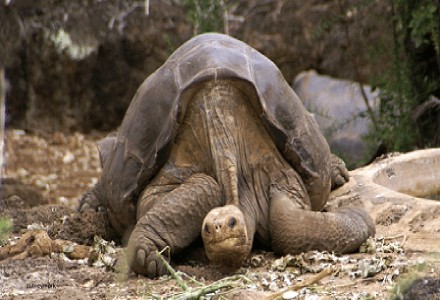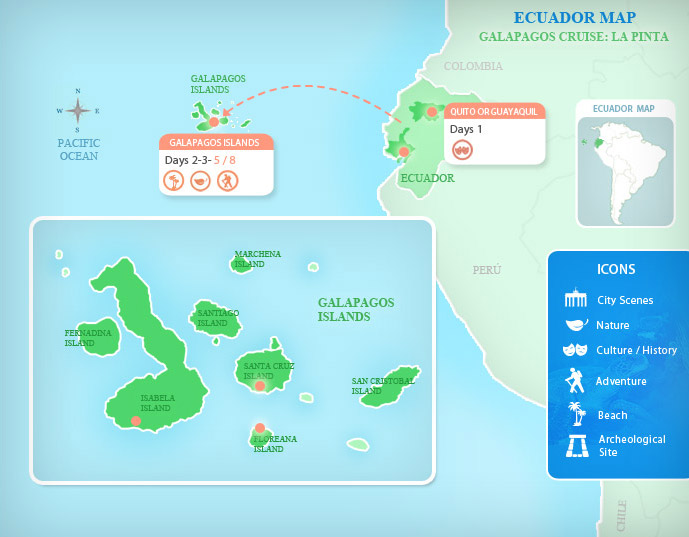
The ‘act’ can last quite some time, over a few hours, and involves the male balancing on its hind legs whilst omitting a loud roar-like squeal – the only time a tortoise can be heard other than the occasional hiss. Mating season for Galápagos tortoisesHot weather, from January to May, tends to signal the start of the main tortoise courtship season, although mating can be seen at any point in the year.
#PINTA ISLAND MAP PATCH#
Today there are around 20,000 tortoises living in the Galápagos – not a patch on the 250,000 or so that would have greeted Tomás de Berlanga towards the end of the Middle Ages.

At the time the islands were known as the Archipelago of Ecuador however, they were also detailed on maps as Insulae de los Galápagos – Islands of Tortoises. The different shells were of particular interest to Porter, and would also be of interest to a certain Charles Darwin who read Porter’s journal in readiness for his own voyage of discovery on board the HMS Beagle in 1835. It wasn’t until the arrival of US Naval Officer David Porter in the early 18th century that tortoises were considered as anything other than, ironically, fast food.Ĭaptain Porter documented his travels in the Pacific as part of his book, Journal of a Cruise, in which he noted his observations of the types of tortoise that he’d seen on each island. Unfortunately for tortoises their meat would also stick in the minds of visiting buccaneers, whalers and sailors, due to the ease of keeping them onboard ships until they could be slaughtered for food.


What he discovered on the islands inspired him to put quill to parchment and inform the Roman and Spanish Emperor of his adventures.īerlanga described the islands as containing: “… muchos lobos marinos, tortugas, higuanas, galápagos…” which translates as “…many sea lions, turtles, iguanas, tortoises…” Although the ancient Spanish word for tortoise – galápago – changed over time, the name stuck for the islands. The bishop had been sailing to Peru, but powerful currents and a lack of wind took Berlanga to the previously unchartered archipelago. Links to the pastIn the early 16th century, when Spanish conquistadors were introducing the delights of Catholicism and colonialism to unsuspecting South Americans, the Galápagos Islands were stumbled upon by the fourth Bishop of Panama, Tomás de Berlanga.


 0 kommentar(er)
0 kommentar(er)
